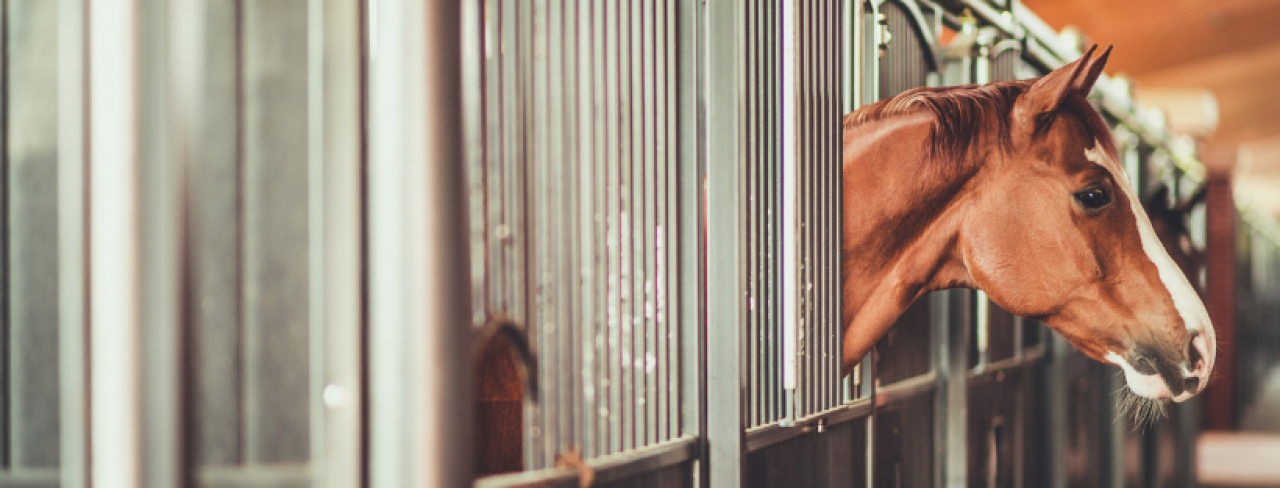If you’re looking to purchase an equestrian property, you might want to consider a few things. Here is what we think you need to know...
- Land: Establish a budget and then buy as much land as you can afford. As a minimum you will need one acre per horse, preferably two. Soil type is important and the land should be free-draining to avoid wet and muddy paddocks, which could cause your horse to stumble and injure themselves in the field. Ideally light loams and chalk based soils are best. Avoid heavy clay, which can be boggy in winter and bake hard in summer, and overly sandy soil as grazing horses can accidentally ingest the sand and suffer from colic.
- Good access: Many equestrian properties are very rural and can only be reached by winding country lanes. When viewing an equestrian property for sale, look at the access points. Make sure there’s plenty of space to get a horse trailer in and out of the property.
- Location: In addition to being close to good schools, stations and shops, an ideal equestrian home should be close to quiet lanes and plenty of bridleways for safe hacking, especially if prospective buyers have children who ride. A good local vet is important too, and a local horse community is also worth looking out for – this means clubs, venues and regular events.
- Be prepared to compromise on the house: Gorgeous properties for sale with equestrian facilities are limited in supply so if the setting and the amount of land ticks the right boxes, seriously consider compromising on the house. You can always improve on or upgrade the property at a later date.
- Access to water: The average horse drinks between five and ten gallons of water per day, so good water access is essential in any equestrian property for sale. You’ll need a sink in your barn and the water facilities need to be within easy reach of paddocks.
- A well-built barn. When looking at equestrian properties with ready-made outbuildings, check that the barn has stables, a large tack room, and a good electricity and water supply. Most horses will be comfortable in a stable that’s 12’x12’, so take a tape measure along to viewings. Stables should face away from the wind and be dry and well ventilated.
- Plenty of storage space: Horses need a lot of equipment, so a large tack room is very important. If you’re stabling several horses, consider properties that would offer enough space for separate storage of feed and hay.
- A conveniently located yard: The yard’s position is as important as its size. For both safety and security reasons an ideal equestrian property would have a yard within sight and earshot of the main house, particularly if you have children who tack up and ride by themselves.






Share this with
Email
Facebook
Messenger
Twitter
Pinterest
LinkedIn
Copy this link